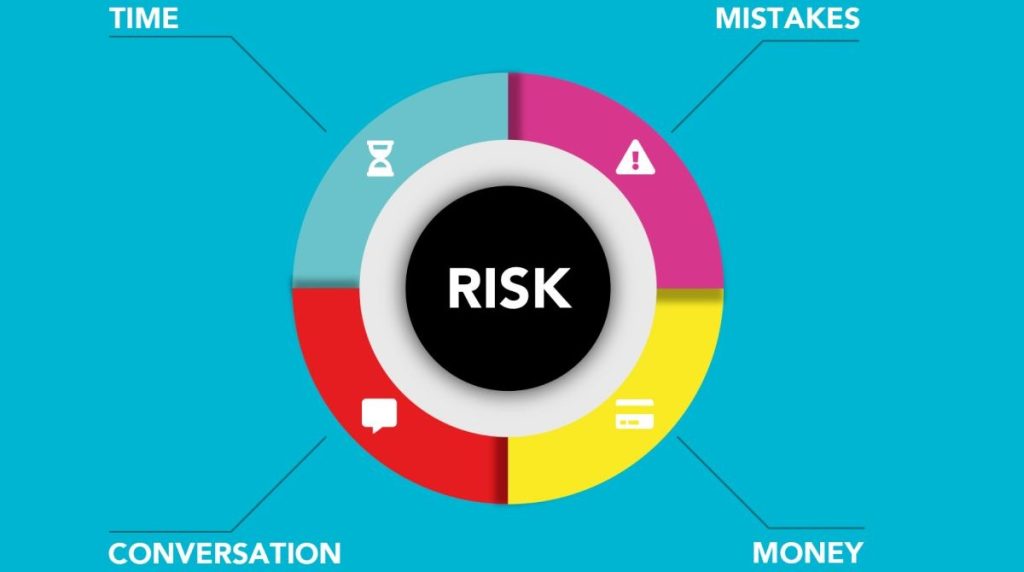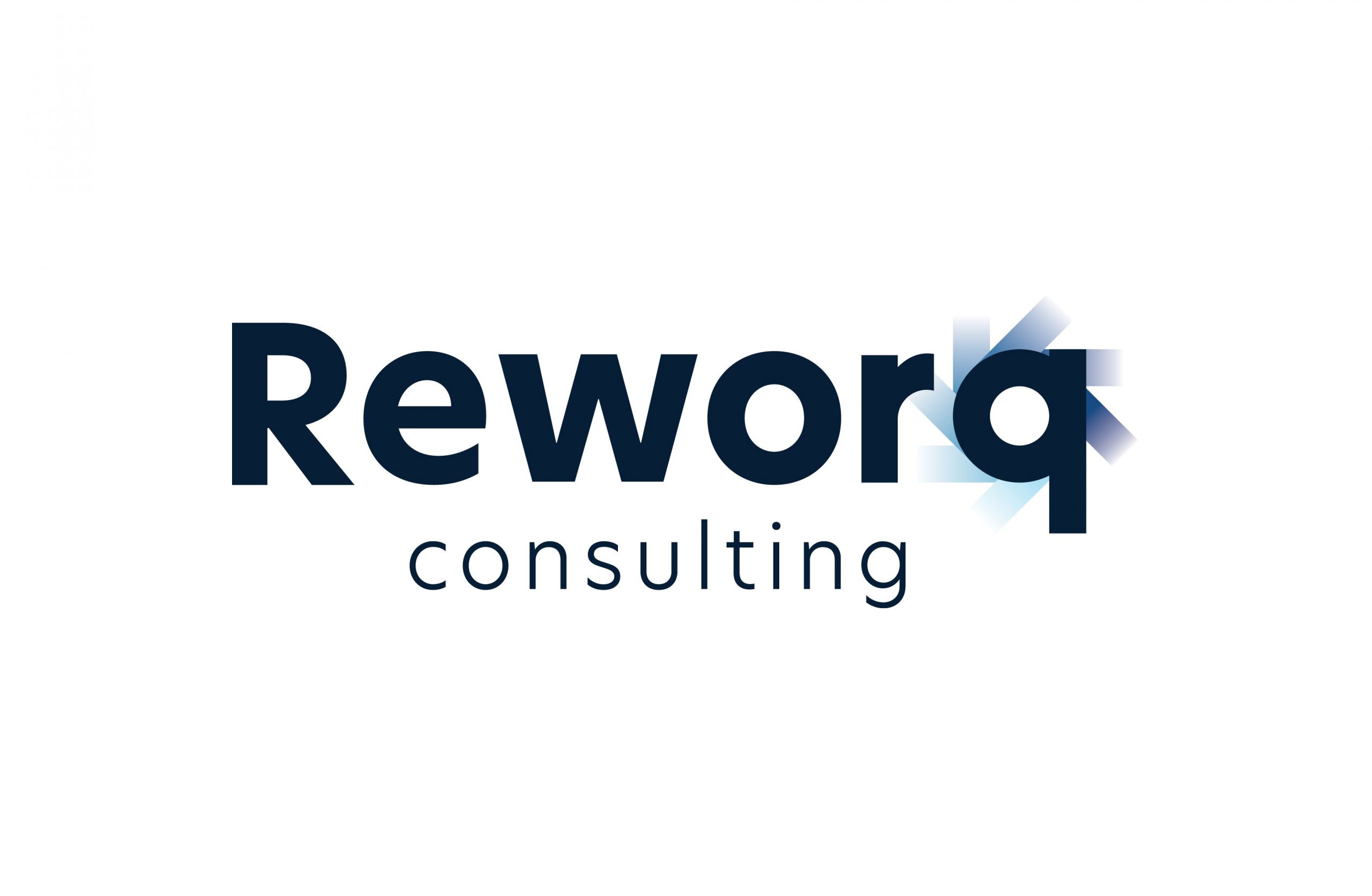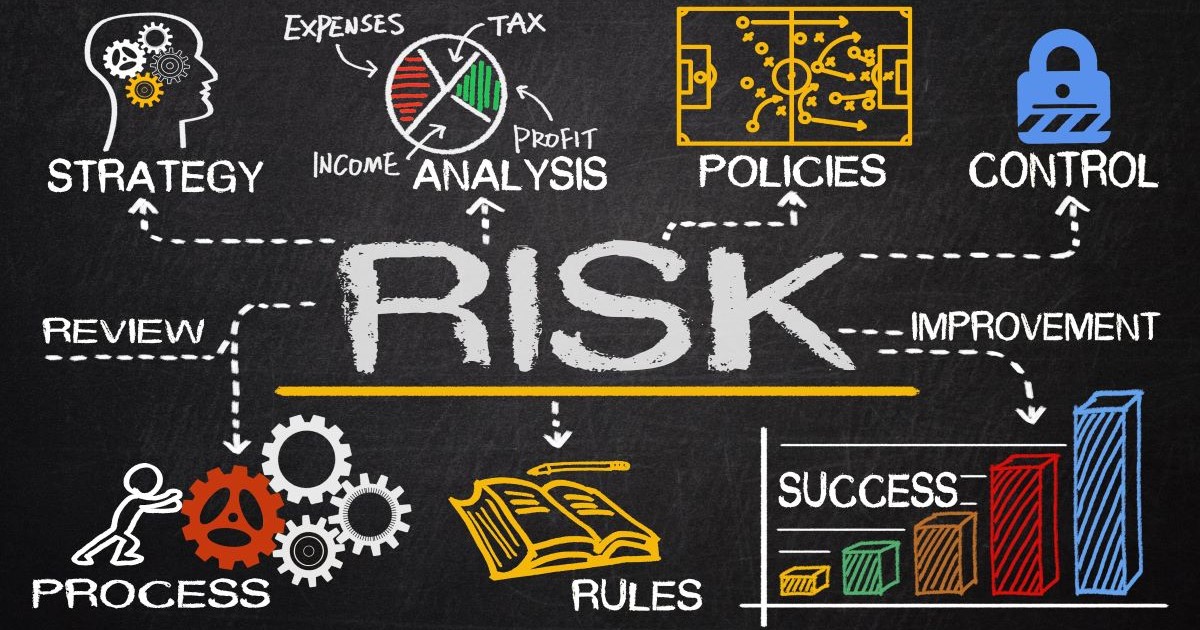Risk Management is an important business practice that helps organisations identify, evaluate, track, and improve the risk mitigation process within their business environment. It is practiced by businesses of all sizes; small businesses do it informally, while SME’s and Enterprise organisations have a structured Risk Management Framework.
The goal of Risk Management is to ensure that the business and its employees act to reduce exposure to those factors. Every decision-maker in a business performs some type (and level) of risk management; weighing up “Risks” v. “Benefits” and then decide the least risky course of action.
Why is Risk Management important?
Risk Management has never been more important than it is currently now. The risks that organisations face has grown more complex and associated with new risks emerging from the escalated use of digital technology, climate change, and supply chain pressures due to managing the impact of the COVID-19 pandemic.
Many organisations have had to adapt quickly and make rapid adjustments to deal with the COVID-19 situation – prioritising the health and safety of their employees, hybrid / remote work practice adoption, and the transition phase of bringing employees back into the office. But also the return to business normality – how to continue doing business, how to interact with customers and maintain business reputations, and what solutions can be implemented to improve supply chain processes.
Risk Management is important because it tells businesses about the threats in their operating environment and then allows them to plan to mitigate risks. With the COVID-19 situation still present on a global level, organisations are taking a more initiative-taking approach with reviewing their Risk Management programs, risk processes, and reassessing their risk exposure.
For any small business, SME’s, and Enterprise organisations, it is all about supporting the sustainability, responsiveness, and their business agility to explore how – Artificial Intelligence technologies, digital technologies, Risk Framework, and Risk Compliance (GRC) systems – can improve Risk Management. Thereby, reducing exposure to both potential risk and damaging risk.
How your Risk Management domain helps with balancing your resources effectively?

The biggest challenge for any organisation is allocating their resources effectively, since risk exists in the normal course of business. But not knowing the severity of a risk and the probability of a risk helps organisations take an initiative-taking approach to dedicated Risk Management resources; small businesses may have no-one or (1) Risk Manager, an SME may have a small team, and while Enterprise organisations have an entire risk management department.
Within your Risk Management domain, your employees’ roles are to monitor the organisation and its business environment. They review business processes, policies, procedures, and activities that are being followed within your organisation but, whilst also looking at external factors which can affect the organisation’s operations.
That is why a coherent Risk Management Framework helps your employees manage risk in a systematic way and in accordance with the organisation’s Risk Management policies, regulatory environment, and auditing standards. Risk Management contributes consistently to your business objectives by managing risk in both a limited and broad domain.
How do you set and align your Risk Appetite?
Risk appetite is the amount and type of risk a business is prepared to take, in pursuit of a goal or objective. It guides employees on the level of risk permitted and encourages consistency of approach across an organisation. Risk appetite works in conjunction but is separate to “risk tolerance” which refers to the level of risk (low, medium, high).
Your risk appetite needs to align to your strategic objectives because it will drive how you do business and what risks your organisation will take. It will also depend on the size and governance structure of an organisation. While small businesses, SME’s, and Enterprise organisations may have similar risk appetites around their environment, regulation, and governance, but generally may differ around their financial, operational, and innovation risk.
How to create and encourage a Risk-Awareness culture?

A risk-awareness culture sets expectations around your team’s behaviour and their decisions in managing and mitigating risk. This action translates into your Risk Management Framework since Risk Management is inclusive in your everyday decision-making process. It fosters a culture of open (and honest) communication, builds initiative and innovation, which encourages all stakeholders, teams, and staff members to play their part as Risk Managers.
Here are seven (7) steps that can assist in developing a risk-aware culture:
1. Assess your current risk culture
- Consider a Values Program, or staff survey, or encourage robust discussion(s) in cross-functional team meetings to determine your risk culture.
2. Educate your employees
- Cultivating awareness and understanding of risk for your employees starts by equipping them with the benefits of Risk Management – reducing risk is in everyone’s best interest and also for your organisation.
3. Identify your ‘good’ ethics and behaviours model
- Risk-conscious decisions, expectations, and behaviours from your organisation’s Executive Management team must be visible, as employees will naturally follow and operate in a risk-minded way.
4. Break down departmental silos
- Open cross-functional communication by establishing a Risk Committee that includes Key Stakeholders, other stakeholders (relevance) from multiple departments and identify accountability for individuals.
5. Leverage technology to measure improvement and transparency
- Technology centralises risk information, standardises data, establishes a common risk language and elevates the visibility of risk – increasing transparency to promote a risk-aware culture across the organisation.
6. Build risk management capability
- Be ethically responsible by setting up employees for success in managing risk, aligned to role activities and responsibilities.
- This may involve revising employee job descriptions to add certain risk responsibilities (and priorities) to increase capability.
7. Monitor risk and review alignment to your strategy
- Ensures that your risk culture continues to align with your overall strategy, as your organisation scalability grows.
Summary
Any Risk Management program (and objectives) should be linked with organisational strategy. Risk Management explores the relationship between risks and the impact of risks they could have on an organisation’s strategic goals.
Your Executive Management Team must develop the organisation’s risk culture and define the organisation’s risk appetite – the amount of risk it is willing to accept to realise its objectives and goals. Risk culture takes time to develop, and it is value-driven by employees over time (sometimes a prolonged period!). When an organisation gradually formalises its Risk Management Framework, it becomes more adaptable to change.
This means making better (and more informed) decisions in the context of a holistic view of your organisation’s operating environment; and by enhancing long-term value. That is why agreement amongst Business Owners or C-Suite Executives or Executive Management Teams is especially important when aligning your organisational strategy, setting your risk appetite, and instilling risk- awareness into the culture of an organisation.
Need some guidance on your next steps? Let’s start a conversation…



